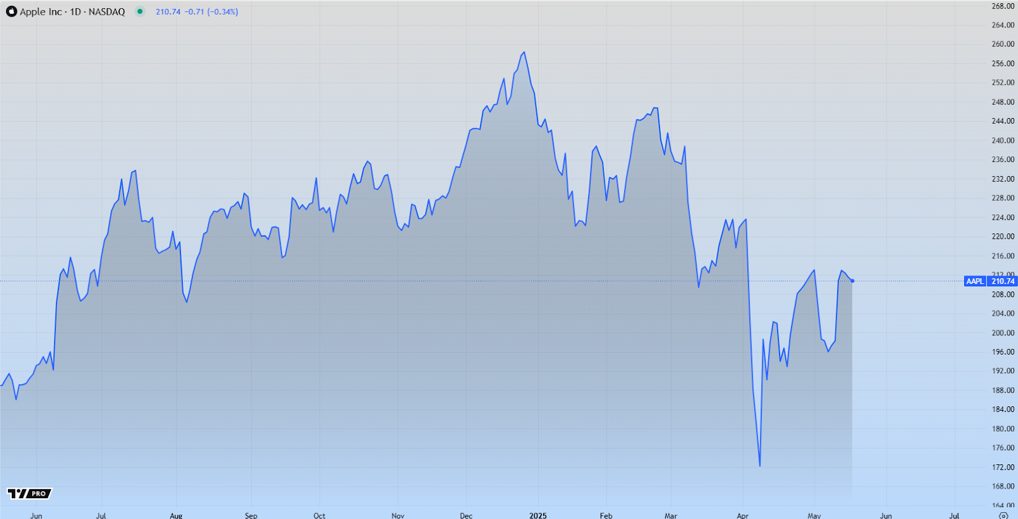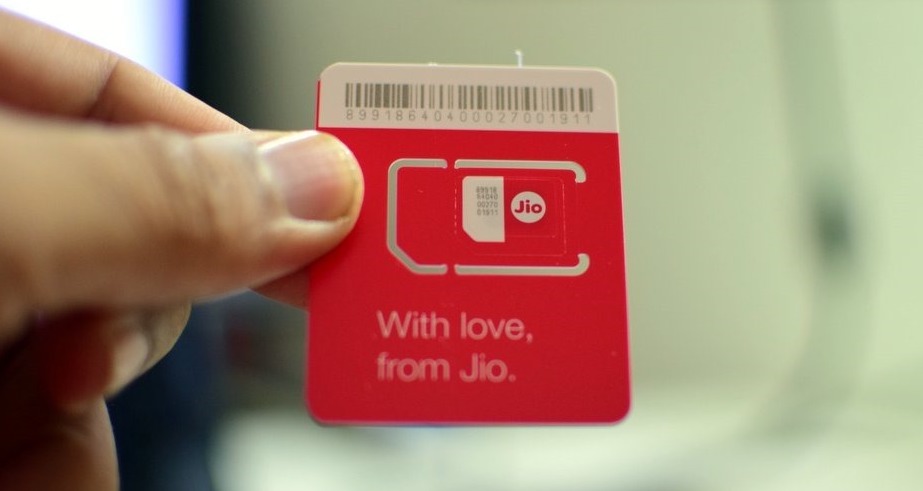Although the actual term ‘fake news’ may have been coined by Donald Trump, conspiracy theories and notions that we cannot believe all that we see and hear began long before. The big difference is that it was harder to actually find out which stories were faked in the pre-internet era because research and verification of news stories were harder then than it is now.

There are a number of different kinds of fake news that circulate, all of which are growing ever more sophisticated and convincing. One of the most common is the reporting of a story that is based on a genuine incident, but which excludes crucial information to deliberately mislead the reader and serve as propaganda. These are usually published by outlets that are established and thus considered to be reputable, but which are more interested in pushing an ideological agenda than in getting to the truth. They can be seen as distinct from the second kind of fake news story, which is entirely fabricated and which is often published on sites that are designed to look like legitimate news sites but are actually created purely to spread misinformation.
The purpose can be either to make money through generating ‘clicks’ on the stories or to influence people. Social media helps both of these kinds of stories to spread, but it can be hard to determine how much actual effect they are having. Another type of fake news that is spreading rapidly is that of cleverly doctored deep fake videos. These can be made purely for amusement, but can also be more sinister when the videos are doctored to make it appear as if public figures have done things that they did not actually do. Faked videos of this kind depicting both Democrat Elizabeth Warren and President Donald Trump as drunk have been widely circulated across the internet in the past few years.
The sheer volume of fake news and the various different types, as well as the ever-greater skill and sophistication with which it is produced, makes it hard not to fall for it. This is nothing new, as a recent exhibition dedicated to fake news showed that people were being taken in by phony stories about dinosaurs and fairies in the past. Although there are methods for combating dubious stories, for example using verification sites like the International Fact Checking Network to test stories that we are suspicious about on social media, ultimately it is down to us to double check the stories and videos that we encounter online. If a story or video is real then it should be widely reported, whereas if it can only be sourced to a single site that is caused to be wary of it.
The development of fake news and its spread was not something anyone foresaw as part of the digital era, but even if its impact is being exaggerated, it is important to fight back against deliberate misinformation.








